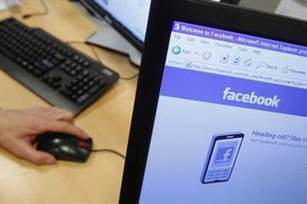The use of social media tools, for the purpose of releasing an article in the clinical pain sciences, increases the number of views and downloads
The use of social media tools – Facebook, Twitter, LinkedIn, and ResearchBlogging.org – for the purpose of releasing an article in the clinical pain sciences increases the number of people who view the article and download it. Social media tools also have implications for the dissemination of medical research articles in other fields.
Problem
Generally, anyone interested in accessing research articles either utilizes a research database such as Pubmed or simply follows a few specific journals. As a result, many articles go unnoticed because end users who could benefit from them lack the time to find them. In addition, those who have time to search these databases may be overwhelmed with lots of articles that are not relevant to their needs.
Approach to Address Problem
The researchers selected 16 PLOS ONE articles using four inclusion criteria relevant to the clinical pain sciences, first published online between 2006 and 2011, of interest to readers of a research group blog (bodyinmind.org), and not previously mentioned in a blog post on bodyinmind.org. The articles were assigned randomly to four researchers who wrote blog posts on them, comprised of approximately 500 words and a link to the online version of the article. These blog posts were randomly assigned two dates: one date for a social media release and one date as a control. The control is not well explained by the researchers and appears to represent a period where nothing is being done to promote the article.
The key innovation in this research project was the use of social media to push research information to end users instead of waiting on the end users to “pull” the information from a database.
The key result was a statistically significant increase in HTML views and PDF downloads one week after the blog posts when comparing the control date and the social media release date (p < .05). However, none of the measures of social media reach, engagement, or virality related to the outcome variable. Hence, some other unknown factors are affecting HTML views and PDF downloads.
Better dissemination of research can save clinicians time by improving the efficiency of information uptake by them. This is useful for health care systems because this is one of the many ways that a health system can improve its quality. One of the challenges is making sure that the information coming from social media is well catered to the needs of clinicians.



 Your new post is loading...
Your new post is loading...









